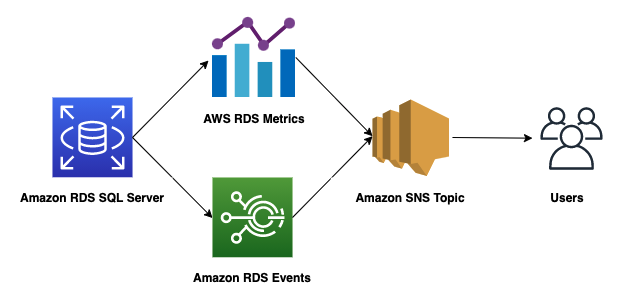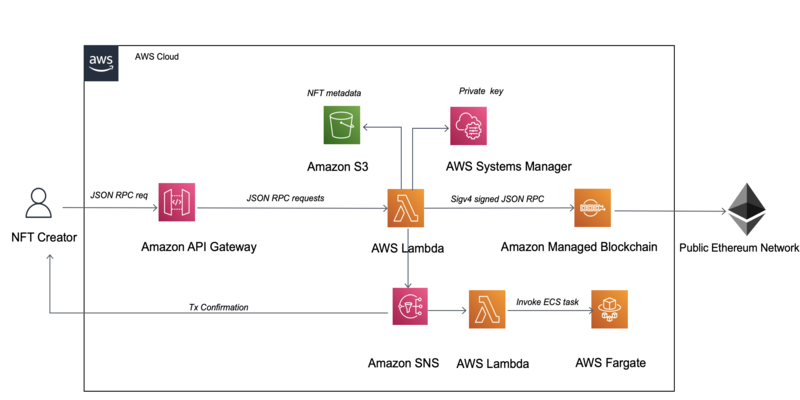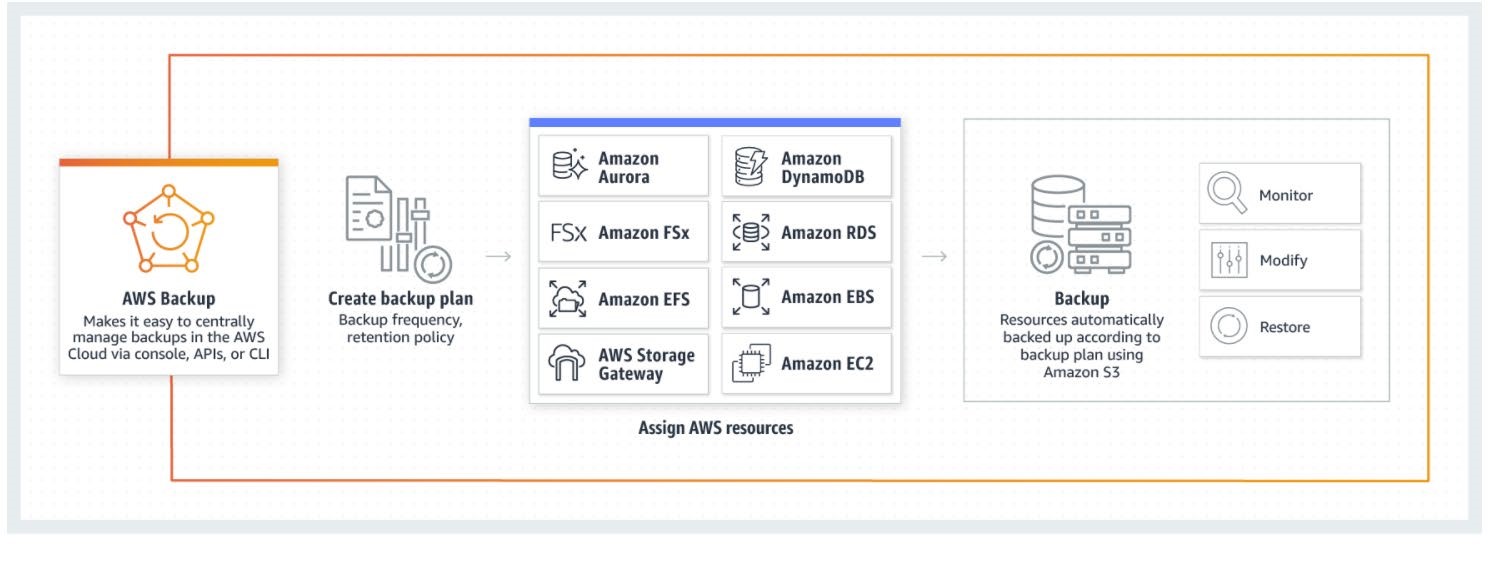AWS Database Blog
Best Practices on how to configure Monitoring and Alerts for Amazon RDS for SQL Server: Part1
Database monitoring is the process of measuring and tracking database performance. The performance is measured by analyzing certain key metrics at the Database level and Operating System level. Effective database monitoring and timely alerting also gives you an opportunity to enhance or optimize your database, to augment overall performance and minimize downtime. AWS provides multiple tools, […]
Store and stream sports data feeds using Amazon DynamoDB and Amazon Kinesis Data Streams
August 30, 2023: Amazon Kinesis Data Analytics has been renamed to Amazon Managed Service for Apache Flink. Read the announcement in the AWS News Blog and learn more. Online bookmakers are innovating to offer their clients continuously updated sports data feeds that allow betting throughout the duration of matches. In this post, we walk through […]
Run SQL Server Reporting Services reports against Babelfish for Aurora PostgreSQL
Enterprises running their application workload on Microsoft SQL Server want to migrate to license-free databases like Amazon Aurora PostgreSQL-Compatible Edition but they rely on SQL Server Reporting Services (SSRS) for analytics and dashboards. Customers are looking for options where they can migrate application databases to Aurora PostgreSQL-Compatible and continue to use SSRS. AWS provides tools […]
Modernize and containerize a legacy MVC .NET application with Entity Framework to .NET Core with Entity Framework Core: Part 3
This post is part three of a series, and shows the steps to modernize a legacy SQL Server database to Amazon Aurora PostgreSQL-Compatible Edition using Babelfish. Babelfish is a capability of Amazon Aurora that allows it to understand the SQL Server dialect. In Part 1, we walked you through a step-by-step approach to re-architect a […]
Achieve minimal downtime for major and minor version upgrades of Amazon RDS for Oracle using Oracle GoldenGate
Amazon Relational Database Service (Amazon RDS) for Oracle provides new engine versions of databases and Oracle Critical Patch Updates for existing versions of databases, so you can keep your database instances up to date. These versions include bug fixes, security updates, and other enhancements. In this post, we show you how to perform an upgrade […]
AWS named a Leader in 2021 Gartner Magic Quadrant for Cloud Database Management Systems
Industry analyst firm Gartner has published its annual report evaluating cloud-based data and analytics services, the 2021 Magic Quadrant for Cloud Database Management Systems. AWS was once again named a Leader and placed highest among 20 recognized vendors for its “Ability to Execute.” We’re honored by the recognition from the highly respected technology adviser, and […]
Mint and deploy NFTs to the Ethereum blockchain using Amazon Managed Blockchain
The commercialization of Web 3.0 protocols has led to an explosion of applications in the areas of decentralized finance (DeFi) and digital asset tokenization on blockchains, both public and private. Non-fungible tokens (NFTs) are an increasingly popular way of providing proof of ownership and authenticity of digital assets. Many large enterprises, in particular those with […]
How Near reduced latency by four times and achieved 99.9% uptime by migrating to Amazon ElastiCache
This is a guest post by Ashwin Nair, Director, Product Engineering at Near, in partnership with AWS Senior Solutions Architect, Kayalvizhi Kandasamy. For several years, Near operated multiple Kyoto Tycoon clusters for its real-time bidding (RTB) platform. To improve availability and reduce latency, Near migrated to Amazon ElastiCache, a fully managed in-memory caching service. In […]
Backup and Restore Strategies for Amazon RDS for SQL Server
Customers have asked for the right solution to safeguard their data on Amazon Relational Database Service (Amazon RDS) for SQL Server and meet their current Recovery Point Objective (RPO), the maximum acceptable amount of time since the last backup and Recovery Time Objective (RTO), the maximum acceptable delay between the interruption of service and restoration […]
Effective queries for common query patterns in Amazon Timestream
You can use SQL to query time series data in Amazon Timestream, and with SQL you can rewrite a query in multiple ways to get the same results. Although several queries may produce the same result, their performance, cost profile, and complexity can be different, and therefore it’s important to identify the right query. With […]









